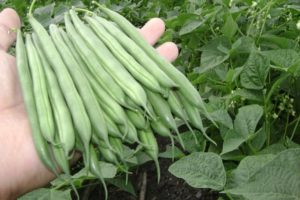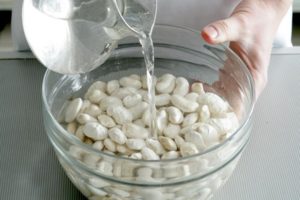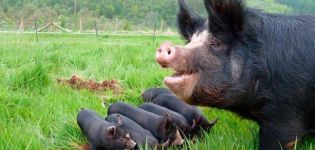What to do if the beans are bugged, how to get rid of and deal with them
One of the most useful and unpretentious garden crops to care for is beans. But gardeners often notice that bugs gradually appear in the harvested crop. This happens not only due to improper storage of the crop, the appearance of bugs in the beans can also be due to its irrational collection. Among the main legume pests secrete aphid, weevil, sprout fly, root weevil, whitefly, moth. To exclude the likelihood of their appearance, each summer resident needs to know the measures of prevention and control of them.
What if there are bugs in the beans?
Before you start drastic actions to combat bugs, you need to find out why they started up. The expediency of this or that method of dealing with them will depend on this.
You also need to find out what type of pest affects the harvested crop. This is necessary in order to select the agent that is most effective against a particular insect.
Where do insects come from?
Many housewives who carefully observe cleanliness in the house often ask themselves the question: why were bugs in the beans? Most often, insects appear due to the fact that sanitary standards are poorly observed in factories. Such consequences can be caused by neglect of heat treatment, violation of storage rules. That is why beans that are sold in the store may initially contain pests.
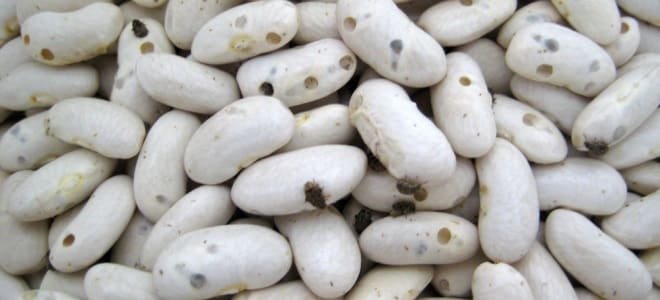
Beetles can also appear in beans, having moved into it from neighboring products. Most often, bugs run over to beans from flour, starch.
What harm is done?
The bugs that appeared in the beans begin to actively eat the beans, filling the vacated space with the products of their own vital activity. Due to damage to the bean structure, it becomes unsuitable for further sowing. Moreover, such beans lose their useful and nutritious properties, therefore, it is categorically impossible to eat them.
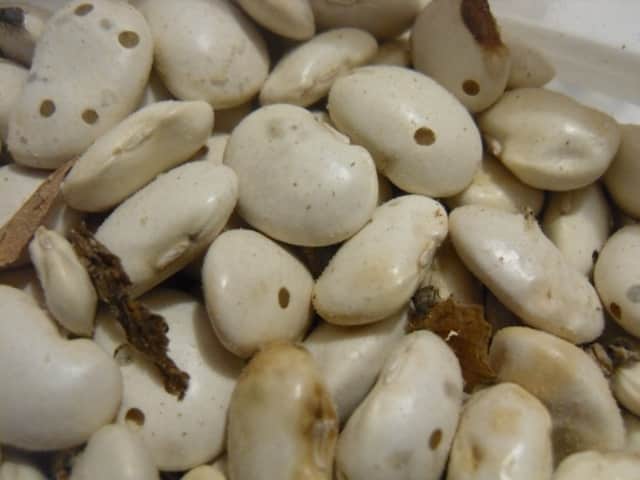
How to fight?
Bean pest control methods are to properly prepare the harvested crop for storage and provide the right conditions for the preservation of the beans. To do this, you need to know the optimal temperature regime, humidity level, and the method of calcining the beans.
What if the bugs are already in the crop? Unfortunately, such a product becomes unsuitable for consumption and further planting, so it must be thrown away.
In order to prevent contamination of the crop, you need to know the rules for dealing with the main pests. You can cope with the bean weevil by treating the plants with "Metafox", "Decis" before flowering. Re-processing is done 10 days after the first.

If the previous plants were affected by a sprout fly, the next time you need to perform the following preparatory steps:
- remove all weeds from the site;
- organize sowing in the early period: at a soil temperature of 10 degrees;
- if manure is used, it must be buried in the soil;
- before sowing, the grain must be soaked in a growth stimulator.
To protect the plants from slugs, cover the soil around the planting with dry nettle stalks. They will scare away pests, and the harvest will be preserved.
To combat aphids, you need to spray the plants with soapy water. You should also water the plantings with fertilizer made from nettle.
How to keep beans for the winter?
To eliminate the likelihood of the death of the entire crop of beans, it should be properly stored. At the same time, the storage temperature should be maintained at 5-10 degrees. This ensures that the weevil larvae cannot develop in the harvested crop. Humidity should not exceed 50%.

Where and in what to store beans?
Due to the fact that beans must be kept cold, the refrigerator is considered the only optimal place until this period. If the beans are dry, they can be put into a canvas bag and then placed in the vegetable compartment or on the door.
To protect yourself as much as possible from the appearance of pests, you need to put unpeeled garlic cloves and dill seeds next to the beans. Such additions scare away pests. In winter, the beans can be transferred to the balcony.
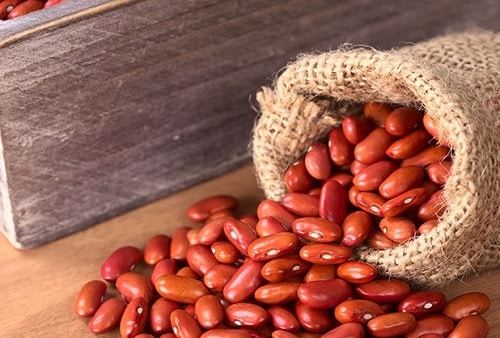
How to prepare for storage?
Since the weevil beetle penetrates the beans even at the stage of their ripening, before storing the harvested crop, it must be prepared. Before laying, the beans should be sorted out and dried. To do this, they need to be placed in an oven heated to 80-90 degrees for 5 minutes. After such heat treatment, the grains lose their ability to germinate, so such beans must be eaten. Many gardeners argue that to ensure a longer shelf life for beans, they should be separated from the pods.

Pests
Most often, beans are affected by the bean weevil, sprout fly, slugs, and aphids. Therefore, the summer resident needs to know the features and reasons for the appearance of these pests in the crop.
Bean weevil
Such a pest affects bean yields in all regions, but most often it appears in the southern territories with a warm climate. The pest is a small beetle, the size of which ranges from 2-5 millimeters. Their body is characterized by an oval shape, a black shell. On the back there are gray-yellowish stripes. A bean weevil can fly long distances and go without food for 3 months.
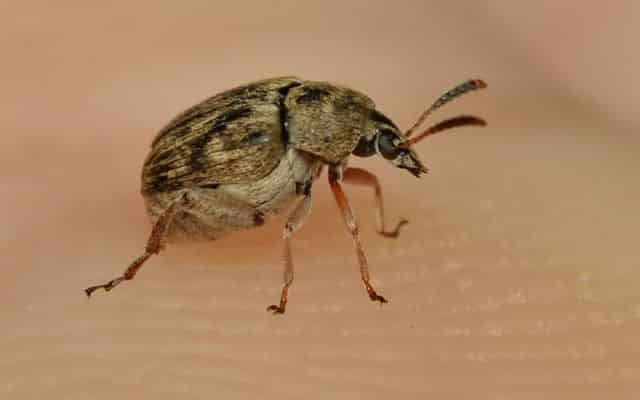
The bean weevil is a heat-loving insect that does not tolerate cold weather. If the temperature indicator of the environment drops below zero, the pest dies.
Sprout fly
This pest is distinguished by a gray color, with darkening in the form of stripes on the back. Its length can be up to 5 millimeters.
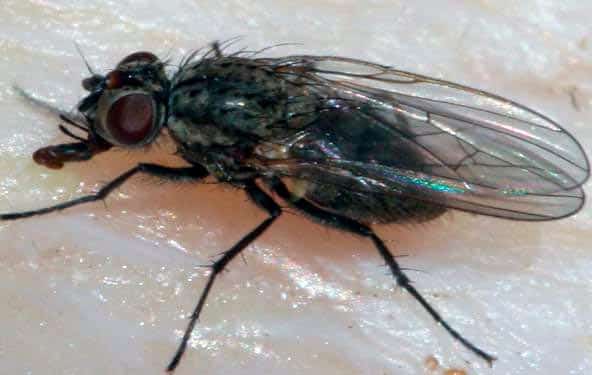
The insect lays eggs in the soil in April or May. If the weather is humid, larvae emerge from the eggs after 9 days. If the weather conditions are dry, the eggs die.The surviving larvae penetrate the grains through the thinnest membrane in the area of sprout formation.
Slugs
The appearance of these pests is recorded when mucous traces are found. During the day, slugs take refuge in the shade, and at night they go in search of food. They die if the temperature drops below 7 degrees.

Aphid
This pest is small in size, which does not exceed 5 millimeters. He settles on new shoots, lower leaf plates. Such insects feed on the sap of the plant, so such an effect can not only lead to the death of the crop, but also the entire plant.
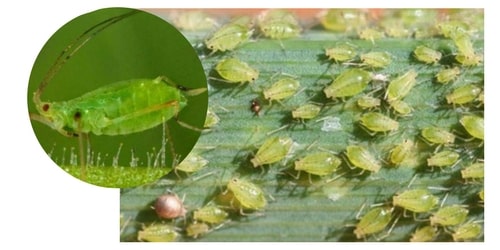
Diseases
In addition to pests, beans can be destroyed by diseases. There are several reasons why beans turn black. To understand this, you need to know the main features of the diseases of this culture.
Powdery mildew
This disease is characterized by the fact that a whitish bloom appears on the leaves and stems of the plant. Gradually, the affected areas turn yellow.
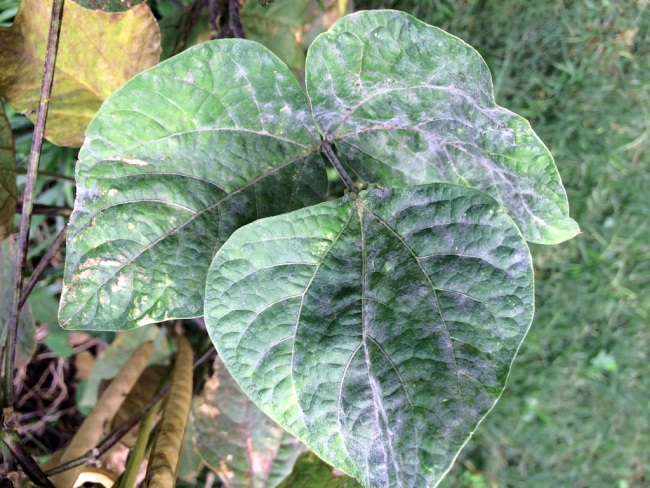
Anthracnose
This pathology differs in that brown spots form on the leaves, fruits, stems. The leaves dry out, and burgundy sores form on the fruits.
White rot
Affects stems and fruits. The infected areas become soft, gradually turning white. Rotting leads to the death of the planting.
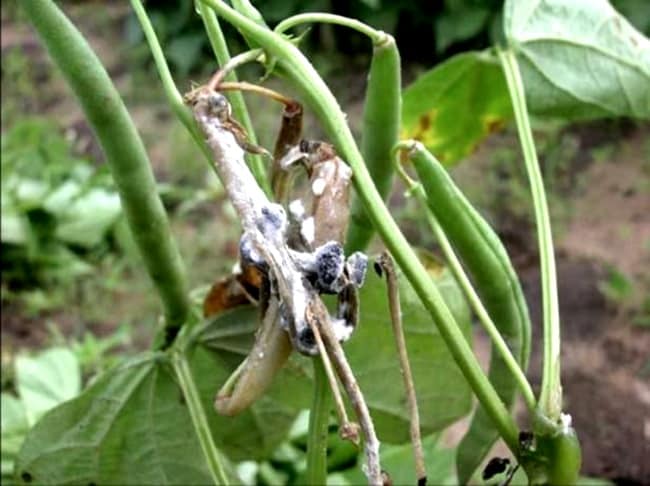
Root rot
A whitish-pinkish bloom appears on the roots. Beans are lagging behind in growth, gradually dying.
Bacterial spot
Under the influence of this pathology, the plant turns black. First, spots appear on it, which eventually merge together. Gradually the planting fades.
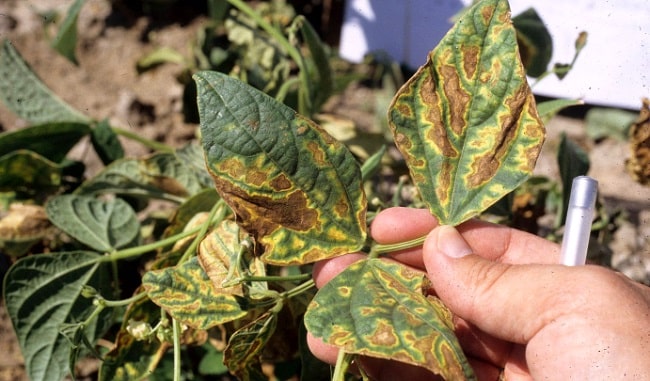
Bean mosaic
With this disease, the leaves acquire a variegated color. Gradually, the leaves wrinkle, and the plant withers.
Protective measures
To protect plants from these diseases, it is necessary to get rid of pests, which often become their carriers. You should also organize optimal growth conditions for plantings, maintain humidity at the desired level.
Preventive
If the summer resident is afraid that the beans will be affected by pests, he should carry out prevention of their appearance. Most often, for this, it is enough to use folk remedies that recommend covering the soil around the plants with dried nettles. Also, plantings can be watered with garlic broth, which will also scare away pests.

Active
During the growth of the culture, the gardener is obliged to monitor the timeliness of development, the state of the legume plant... This is necessary to detect the presence of a pest or disease at an early stage. Timely treatment will save not only the plant, but also the harvest.
Chemical
If the gardener found traces of damage to the planting of beans by pests or diseases, it is urgent to start fighting them. An effective way at this stage is to treat plants with chemicals. Before using them, it is necessary to accurately identify the pest or disease that has affected the beans.
